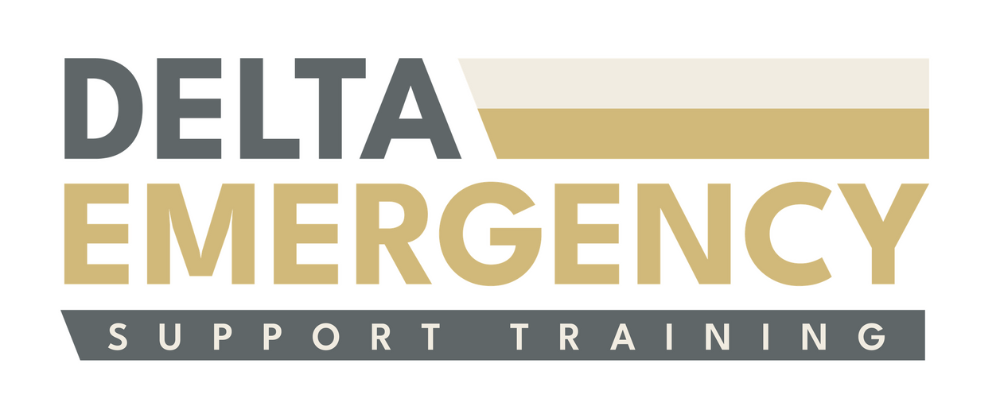Atherosclerosis: What is it?
/Understanding Atherosclerosis: Prevention and Management of its Impact on Heart Health
Heart disease is a leading cause of mortality worldwide, and one of its primary contributors is a condition called atherosclerosis. Atherosclerosis refers to the buildup of plaque inside the arteries, which can restrict blood flow and lead to numerous cardiovascular complications. In this blog, we will delve into what atherosclerosis is, explore its link to heart disease, discuss its symptoms, and highlight effective strategies for prevention and management.
An Illustration of an Artery, Filled with Accumulated Deposits
What is Atherosclerosis?
Atherosclerosis is a progressive disease characterized by the accumulation of plaque, a fatty substance, within the arteries. Over time, the plaque hardens and narrows the arterial walls, impeding the flow of oxygen-rich blood to vital organs, including the heart. This narrowing of the arteries can ultimately lead to heart disease, heart attacks, strokes, and other cardiovascular problems.
Symptoms of Atherosclerosis
In the early stages, atherosclerosis may not produce noticeable symptoms. However, as the condition progresses, the following symptoms may arise.
Chest Pain or Angina:
Individuals may experience chest discomfort, pressure, or pain, often triggered by physical exertion or emotional stress. This occurs when the heart muscle does not receive enough oxygen-rich blood due to narrowed arteries.
Shortness of Breath:
Reduced blood flow to the heart can lead to shortness of breath, especially during physical activity or exertion.
Fatigue:
Atherosclerosis can cause fatigue or a feeling of being easily exhausted, as the heart may struggle to pump blood effectively due to narrowed arteries.
Leg Pain or Numbness:
In some cases, atherosclerosis can affect the arteries in the legs, leading to pain, numbness, or weakness in the calf muscles while walking or exercising. This is known as peripheral artery disease.
The Dangers of High-Fat and Cholesterol Foods
High-fat and cholesterol-rich foods can significantly contribute to the development and progression of atherosclerosis. When consumed in excess, these foods increase the levels of low-density lipoprotein (LDL) cholesterol in the bloodstream. LDL cholesterol is often referred to as "bad" cholesterol, as it can contribute to the formation of plaque within the arteries.
Foods high in saturated fats and trans fats, such as fried foods, processed snacks, fatty meats, and full-fat dairy products, should be consumed in moderation. Instead, focus on a heart-healthy diet that includes fruits, vegetables, whole grains, lean proteins, and sources of healthy fats like avocados, nuts, and olive oil.
Prevention and Management of Atherosclerosis
Preventing and managing atherosclerosis involves a multi-faceted approach. Here are key strategies to consider:
Adopt a Healthy Lifestyle:
Maintain a balanced diet, engage in regular physical activity, manage stress effectively, and avoid tobacco use. These lifestyle changes can help control weight, blood pressure, cholesterol levels, and reduce the risk of atherosclerosis.
Regular Medical Check-ups:
Regularly monitor and manage risk factors like blood pressure, cholesterol levels, and diabetes with the help of healthcare professionals. They can provide guidance, prescribe medications if necessary, and monitor your overall cardiovascular health.
Medications:
In some cases, medications such as statins, blood pressure-lowering drugs, or antiplatelet medications may be prescribed to manage risk factors and slow the progression of atherosclerosis.
Conclusion
Atherosclerosis is a progressive condition that significantly impacts heart health and can lead to various cardiovascular complications. Recognizing the symptoms, understanding the dangers of high-fat and cholesterol foods, and adopting a healthy lifestyle are essential for preventing and managing atherosclerosis. By making heart-healthy choices, working closely with healthcare professionals, and following medical advice, you can reduce the risk of complications and improve your overall cardiovascular well-being. Remember, a proactive approach to prevention and management is key to maintaining a healthy heart and minimizing the adverse effects of atherosclerosis.




